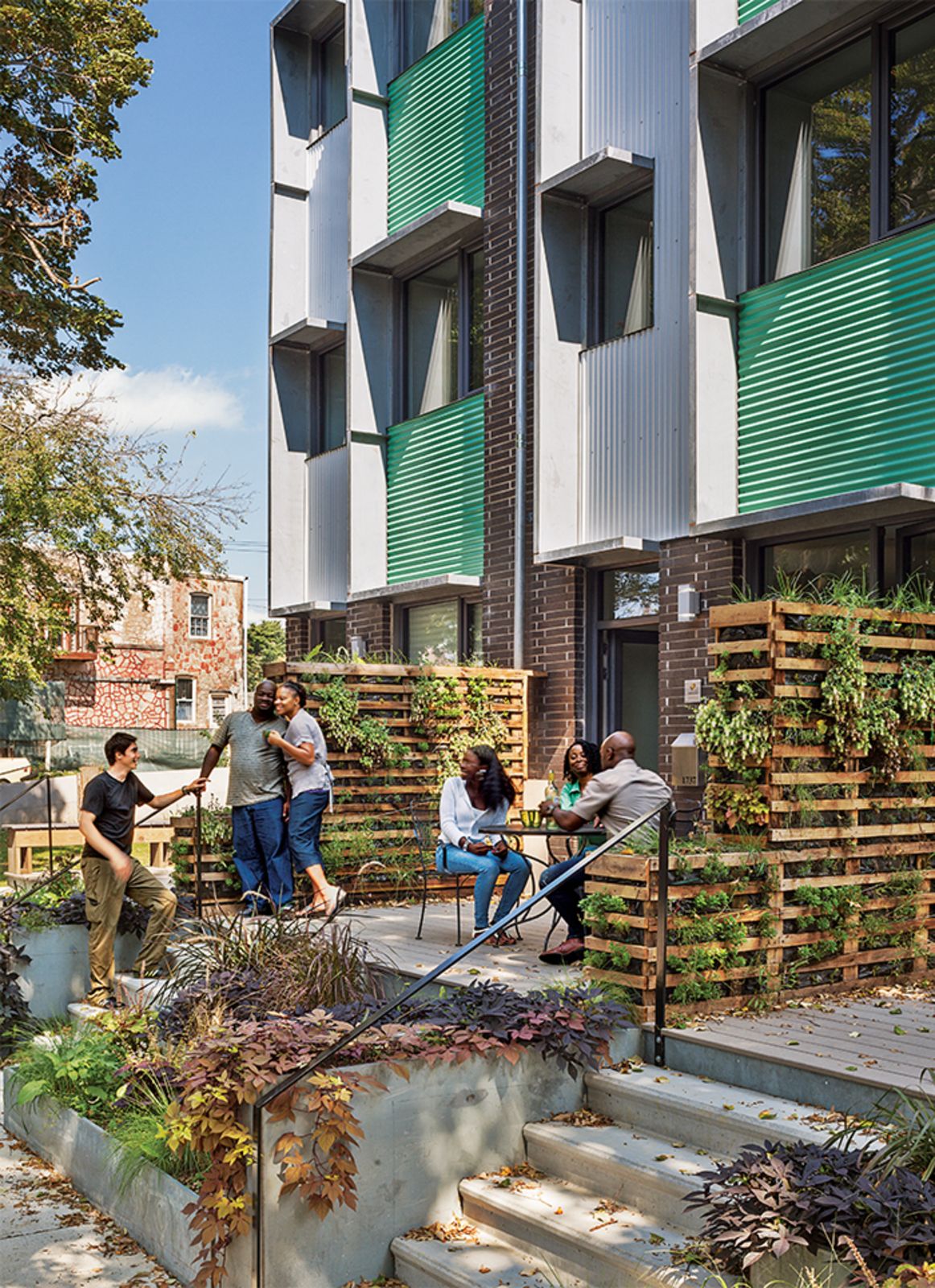Benefits of green affordable housing
Green affordable housing offers numerous benefits that positively impact individuals, communities, and the environment. Here are some key benefits of green affordable housing:
- Improved Health and Well-being: Green affordable housing incorporates features that promote better indoor air quality, natural lighting, and thermal comfort. This helps create healthier living environments, reducing respiratory issues, allergies, and other health concerns associated with poor indoor air quality. Access to green spaces and community amenities further enhances the well-being of residents.
- Energy and Cost Savings: Green affordable housing prioritizes energy-efficient design, including insulation, high-performance windows, and energy-efficient appliances. These features significantly reduce energy consumption, leading to lower utility bills for residents. The long-term cost savings associated with energy-efficient design and sustainable materials contribute to improved affordability and financial stability.
- Environmental Sustainability: Green affordable housing reduces the environmental impact of housing. Energy-efficient design, renewable energy systems, and sustainable building materials help lower greenhouse gas emissions, decrease reliance on fossil fuels, and conserve natural resources. Water-saving features and sustainable landscaping practices contribute to water conservation efforts.
- Enhanced Community and Social Engagement: Green affordable housing projects often include community spaces, gardens, and shared amenities, fostering a sense of community and social interaction among residents. Community engagement in the planning and design process encourages participation, collaboration, and a stronger sense of ownership among residents.
- Resilience to Climate Change: Green affordable housing is designed to withstand the impacts of climate change, such as extreme weather events and rising temperatures. Incorporating resilient features like stormwater management systems, flood-resistant construction, and passive cooling strategies helps protect residents and reduce the vulnerability of the community.
- Job Creation and Economic Opportunities: The development and construction of green affordable housing projects generate employment opportunities, particularly in sectors such as renewable energy, energy efficiency, and sustainable construction. This contributes to local economic growth and supports the green economy.
- Education and Awareness: Green affordable housing projects often serve as educational platforms, promoting sustainable living practices and raising awareness about environmental issues. Residents can learn about energy conservation, waste reduction, and sustainable lifestyle choices, fostering a culture of sustainability within the community.
- Positive Neighborhood Impact: Green affordable housing projects contribute to neighborhood revitalization, enhancing the overall quality and aesthetics of the community. Well-designed, sustainable housing developments can positively influence property values and attract further investments in the neighborhood.
In summary, green affordable housing offers a wide range of benefits, including improved health, energy savings, environmental sustainability, community engagement, and economic opportunities. It addresses the need for affordable housing while promoting sustainable living practices and creating resilient and vibrant communities.





